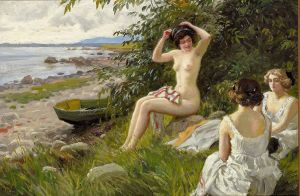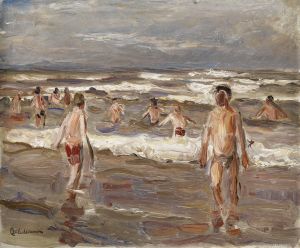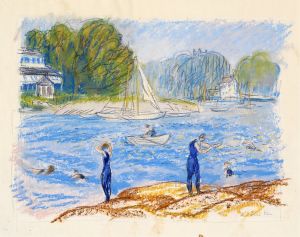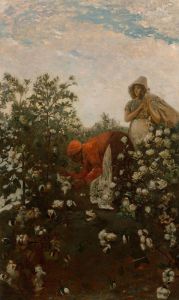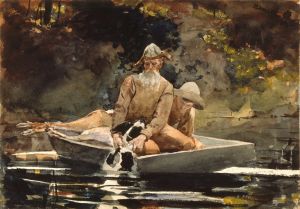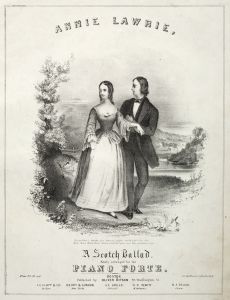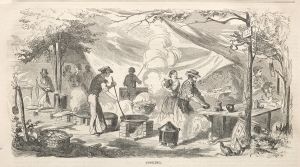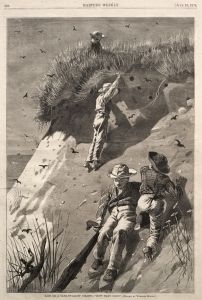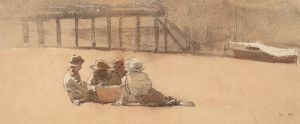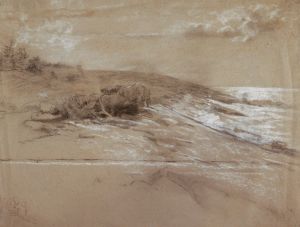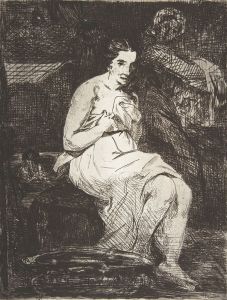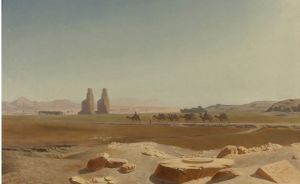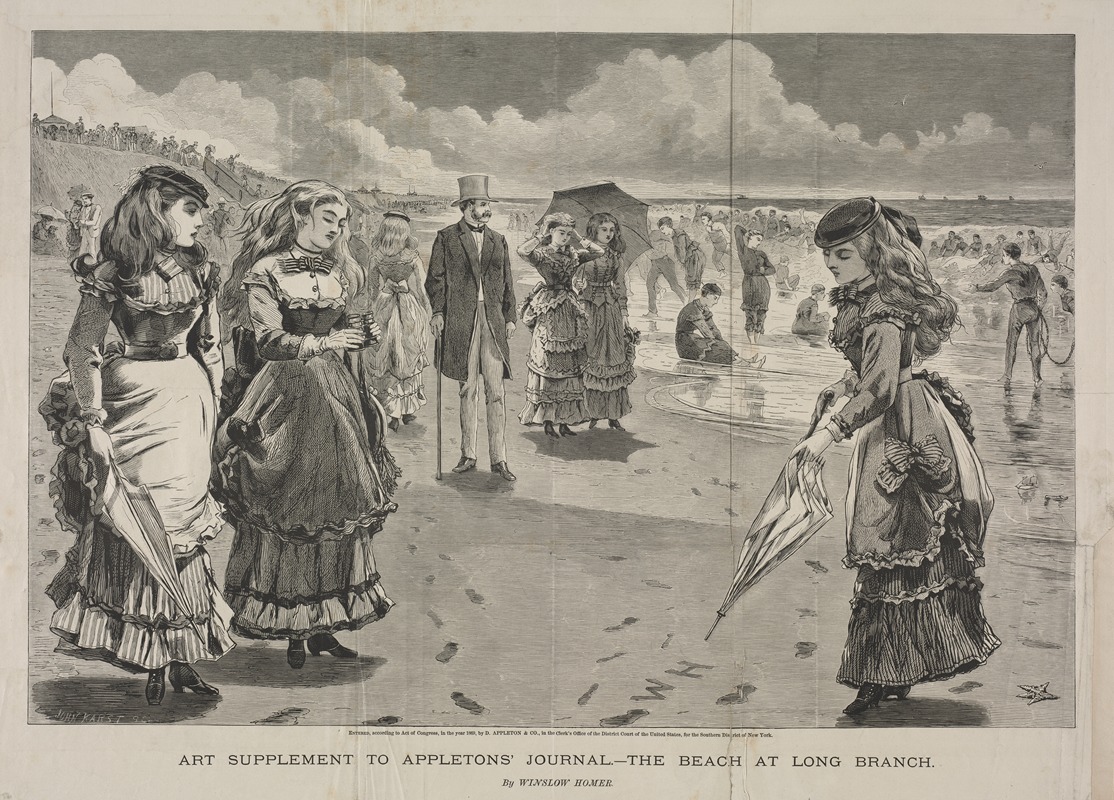
The Beach at Long Branch
A hand-painted replica of Winslow Homer’s masterpiece The Beach at Long Branch, meticulously crafted by professional artists to capture the true essence of the original. Each piece is created with museum-quality canvas and rare mineral pigments, carefully painted by experienced artists with delicate brushstrokes and rich, layered colors to perfectly recreate the texture of the original artwork. Unlike machine-printed reproductions, this hand-painted version brings the painting to life, infused with the artist’s emotions and skill in every stroke. Whether for personal collection or home decoration, it instantly elevates the artistic atmosphere of any space.
"The Beach at Long Branch" is an oil painting created by the American artist Winslow Homer in 1869. Homer, known for his realistic and vivid depictions of American life and landscapes, was a prominent figure in 19th-century American art. This particular painting is a testament to his skill in capturing the essence of leisure and the natural beauty of coastal scenes.
The painting depicts a serene beach scene at Long Branch, New Jersey, which was a popular seaside resort during the late 19th century. Long Branch was known for attracting affluent visitors from major cities, including New York and Philadelphia, who sought relaxation and recreation by the sea. The location was a fashionable destination, and its beaches were frequented by vacationers looking to escape the hustle and bustle of urban life.
In "The Beach at Long Branch," Homer presents a tranquil view of the shoreline, with gentle waves lapping against the sand. The composition includes several figures, likely vacationers, who are enjoying the beach. The figures are dressed in the typical attire of the period, reflecting the social customs and fashion of the time. The painting captures a moment of leisure, with people engaging in activities such as strolling along the beach or simply enjoying the ocean view.
Homer's use of color and light in this painting is noteworthy. He employs a palette that reflects the natural tones of the seaside environment, with soft blues and sandy hues dominating the scene. The light in the painting suggests a clear, sunny day, enhancing the idyllic atmosphere of the beach. Homer's attention to detail and his ability to convey the play of light on water and sand are evident in this work.
"The Beach at Long Branch" is characteristic of Homer's early style, which often focused on scenes of everyday life and the American landscape. During this period, Homer was transitioning from his earlier work as an illustrator to becoming a full-time painter. His experiences as an illustrator for publications such as Harper's Weekly informed his keen eye for detail and narrative, which are evident in this painting.
This work is part of a broader series of seaside paintings by Homer, which he produced during the late 1860s and early 1870s. These paintings reflect his interest in the theme of leisure and the growing popularity of seaside resorts in America. They also demonstrate his evolving style and mastery of the medium of oil painting.
"The Beach at Long Branch" is held in the collection of the Museum of Fine Arts, Boston. It remains an important example of Winslow Homer's contribution to American art, showcasing his ability to capture the beauty and tranquility of the natural world. The painting continues to be appreciated for its historical significance and its artistic merit, offering viewers a glimpse into the leisurely pursuits of 19th-century America.






